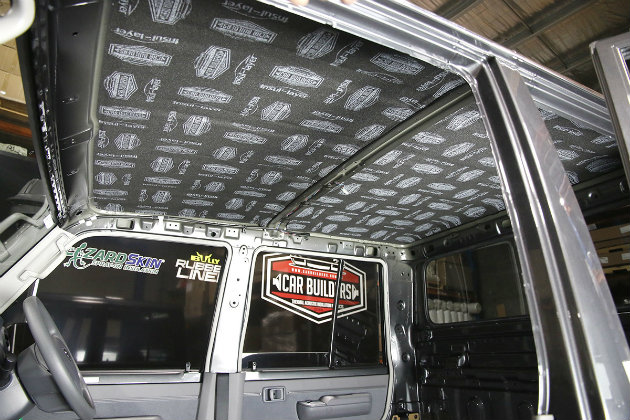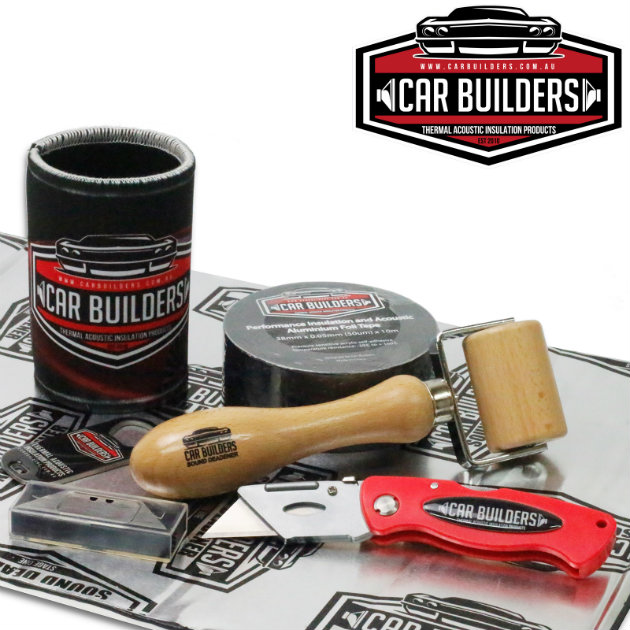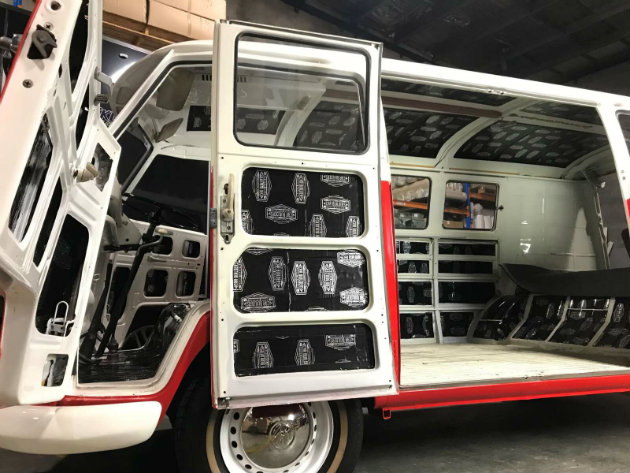Living on the go seems like an unhealthy lifestyle but only if you make it one. One example of a healthy lifestyle on the go, or rather on the road, is van life. Living in a van is a trend that has been increasing in popularity in recent years, due to the fact that when living in a van you can explore and still feel you’re at home. You have the freedom of living anywhere you want and changing your location when you get bored of it. You can get away from the urban life completely or if you want you can keep going to it from time to time. Things are simple when you live in a van.

There are no neighbours being loud or someone knocking at your door offering you a product or service. Living in a van brings a new experience every day and if your job allows you to work from the comfort of your van, then you have all the freedom a person can have. But in order for van life to be possible, going solar is something that almost everyone will do when starting to live in a van. There is one thing that almost everyone seems to forget though, and that is insulation. Insulation in a van is as important as keeping it powered or fully serviced.
How to Insulate a Van

1. To insulate a van and make it ready to keep you warm and make your living experience in it more convenient you need to strip it first. Strip your van to its bare metal body, then start your van conversion process by installing the flooring.
2. You can’t straight up lay down the insulation though. You need to put some plywood battens first. This will give a little bit of height to the flooring and it will make it easier to lay out the pieces of insulation. You also get to make fewer holes this way which means fewer places for moisture to get trapped and fewer chances for rust to form.
3. Make sure you space out the battens evenly so that you’re able to cut the pieces of insulation evenly too. Use a sharp X-acto or Stanley knife and make sure you use some aluminium tape to seal the insulation once put in place. This ensures no foam gets exposed.
4. Next, you need to fill in the walls with insulation. I say fill in because the best type of insulation to use in this case is wool or something similar to it. You can still put the same type of van insulation you put on the floor but it’s easier and more efficient to put wool insinuation in the walls. Don’t cut the wool though, as that is a waste of time. A better solution and a far easier one as well is to just rip pieces of the wool.

5. To keep the insulation on the walls you can use contact adhesive. What comes next can be quite time-consuming. Filling all the cracks and ribs on the walls with wool insulation can take a fair amount of time, but you can use foam van insulation instead, as it is a lot easier when it comes to filling tricky areas.
6.Next comes the roof. The roof needs to be last as you don’t want to be stepping in on a bare floor all the time, and whatever needs to be wired through can be done easily through the roof. Just like with the floor, you should use plywood battens, but only to the sides of the van’s roof ribs. You’ll need to bend the battens a little bit if your van has a slightly curved roof.
7. You can also avoid curving the battens, even if your van has a curved roof, but you will lose headspace. When the battens are all cut to the appropriate length, just place them where the roof ribs are, using either screws or glue. If you’re going with glue, make sure to use high-temperature, high-strength glue. You don’t want the battens falling when driving on a bumpy road in the hot sun.
8. Again, once the battens are placed, cut the insulation into pieces and place it using glue. You can use the same glue you use for the battens, too. Make sure you install furring strips along the entire length of the van so that you can attach the walls. Once you’re done with attaching the walls, use aluminium tape and aluminium sheathing. This is done to create a vapour barrier so that no matter how hot it is outside, you won’t feel like a boiling egg inside your van.
Conclusion

Be it living solo, with a partner or a pet, van life is possible. You just have to plan out your van conversion and have it equipped with all the necessities you have in your home. It might be tight, but it is a space that you can make your own and one that you can bring everywhere you go.

